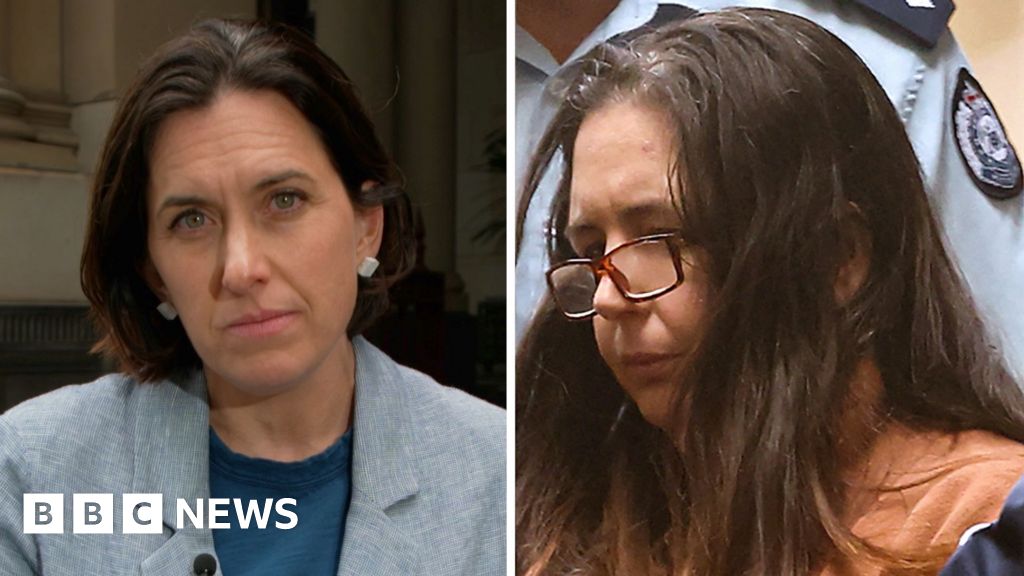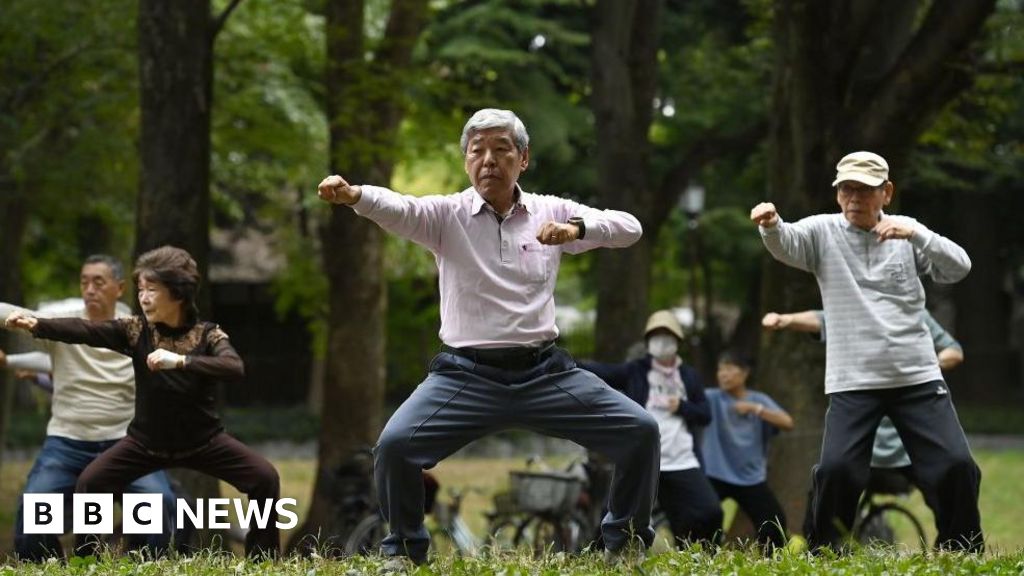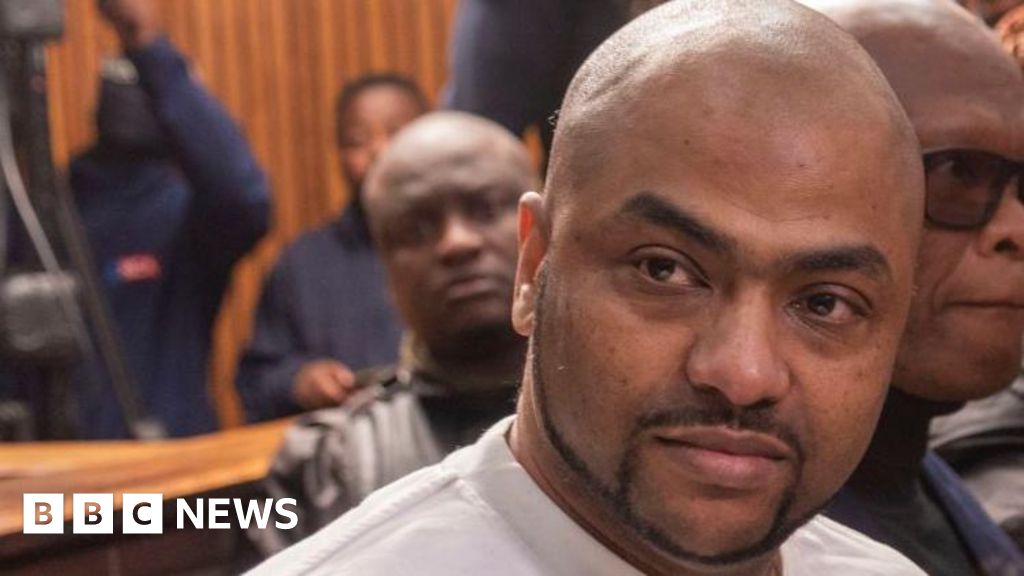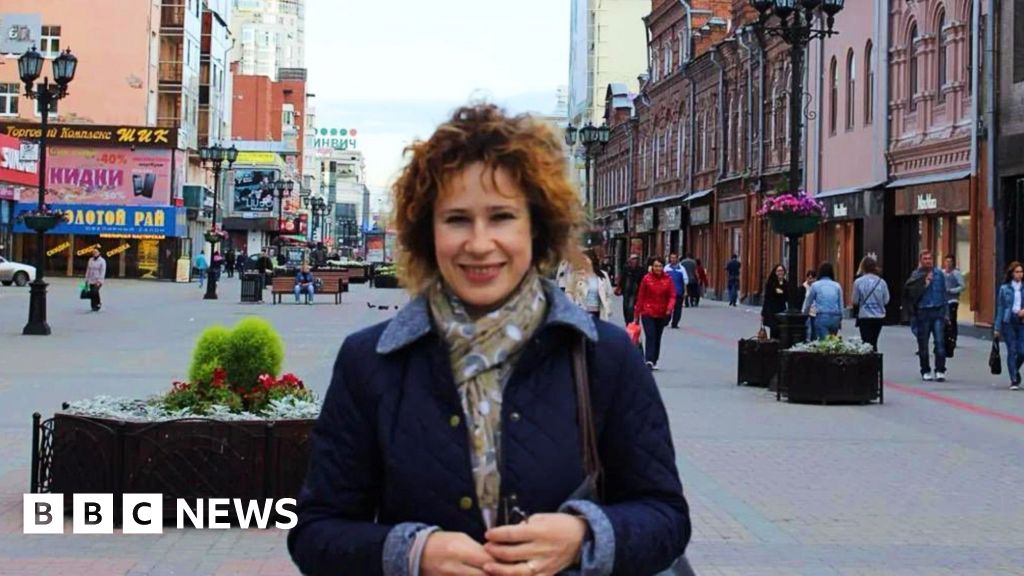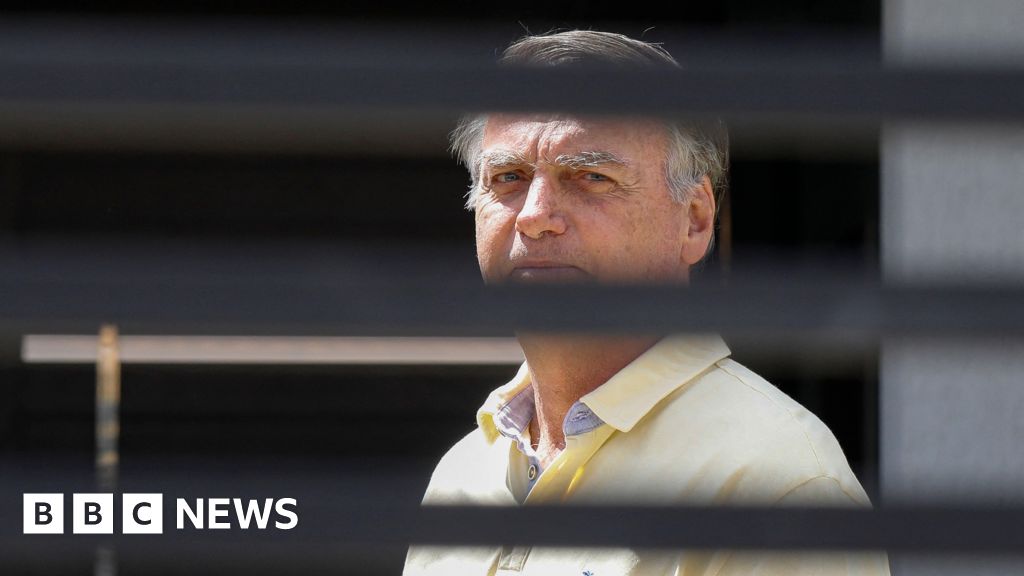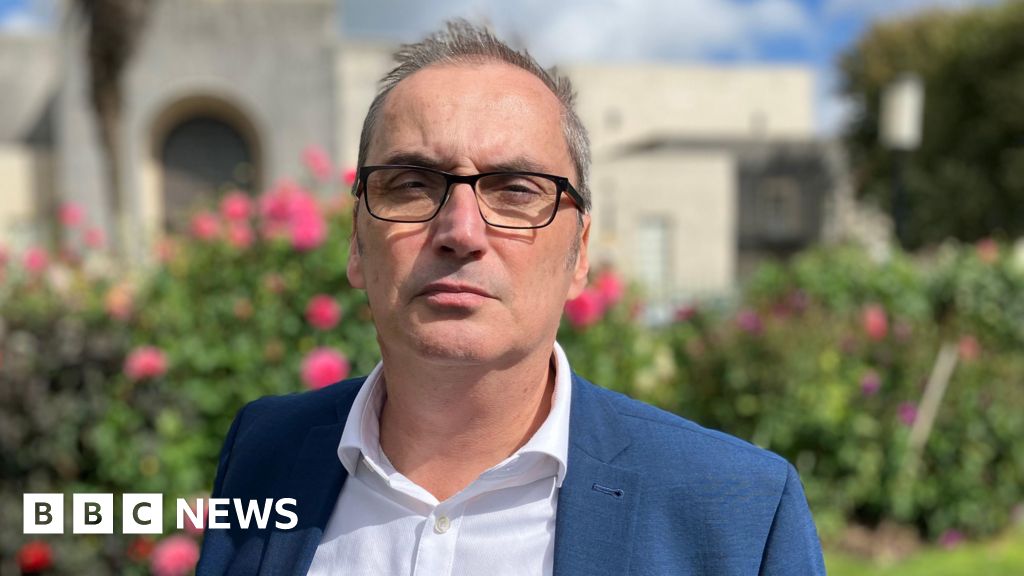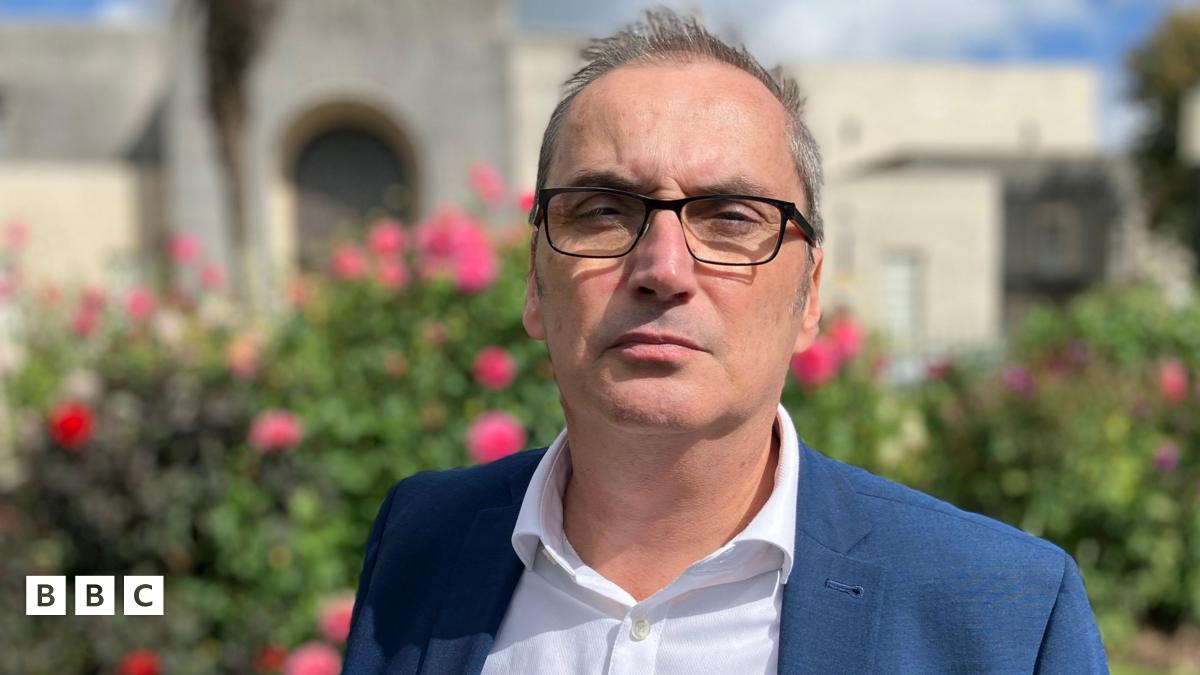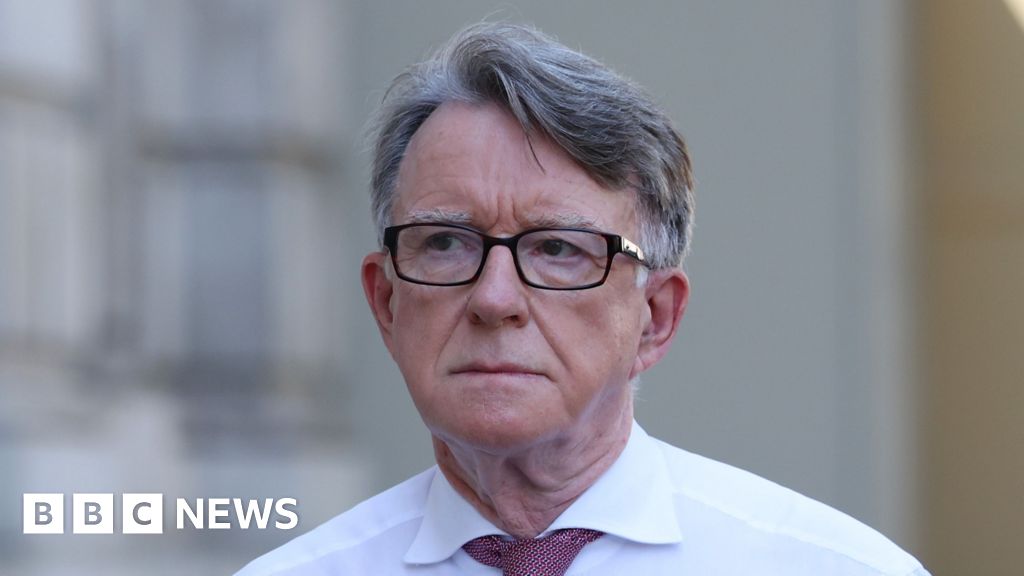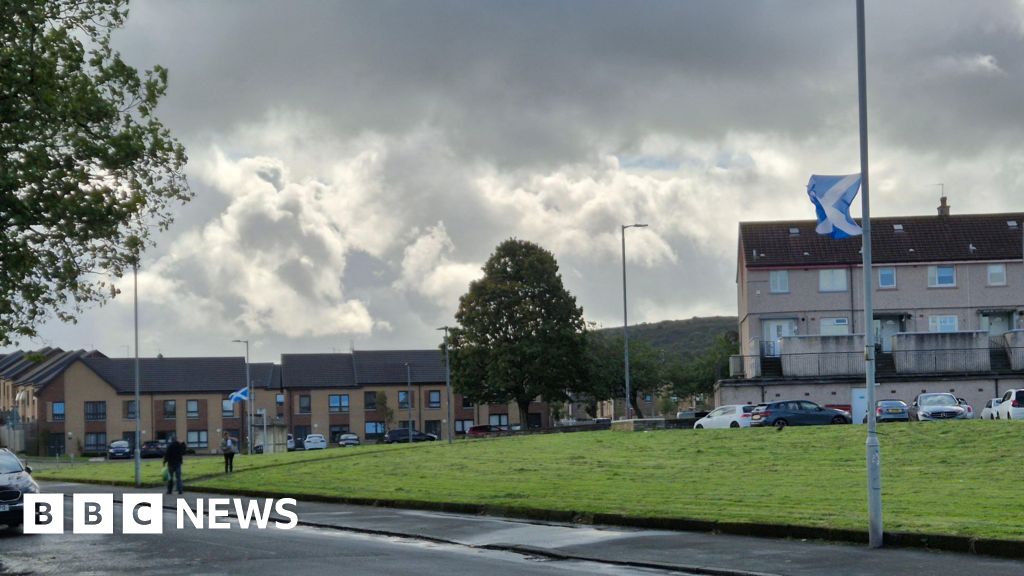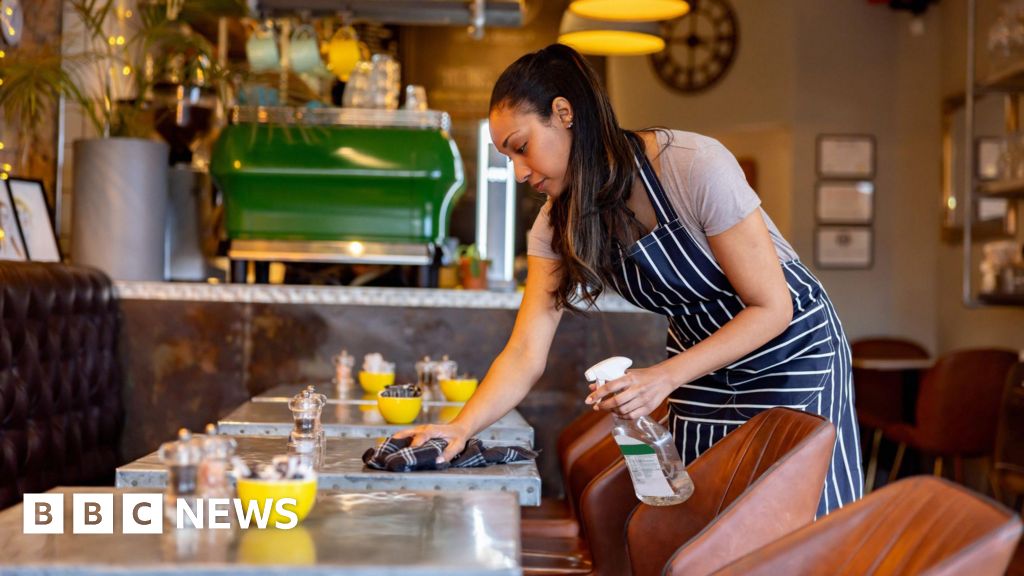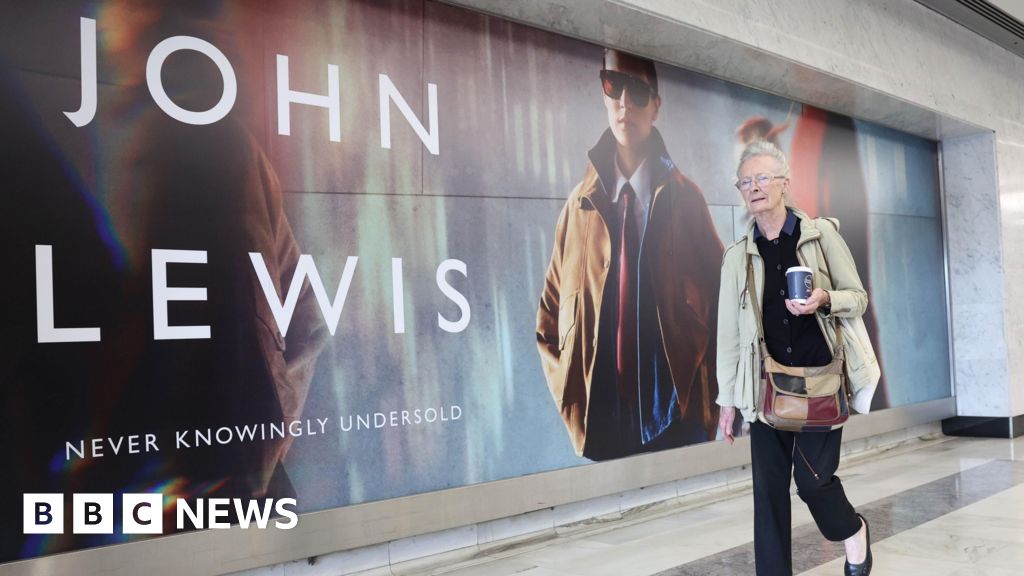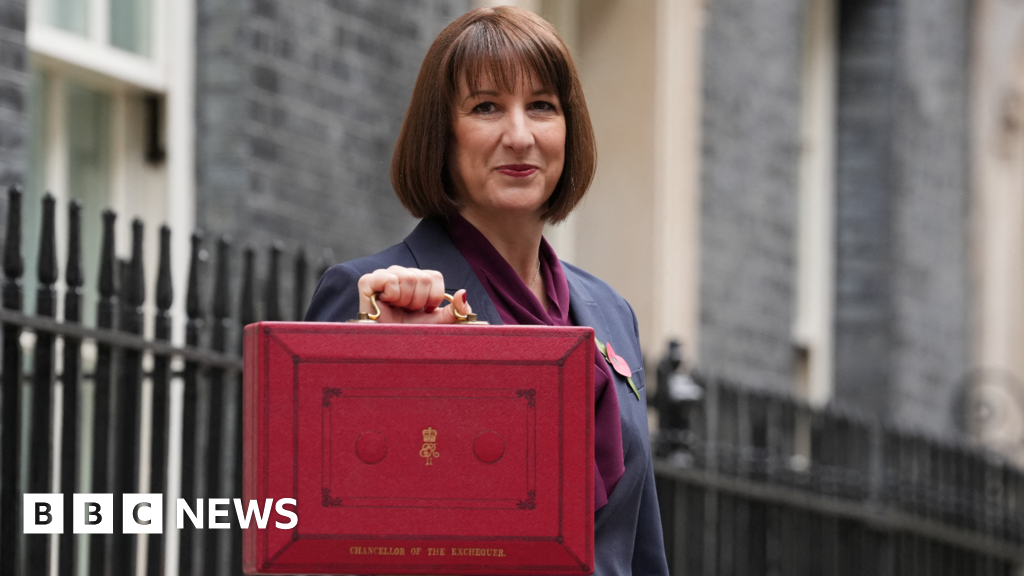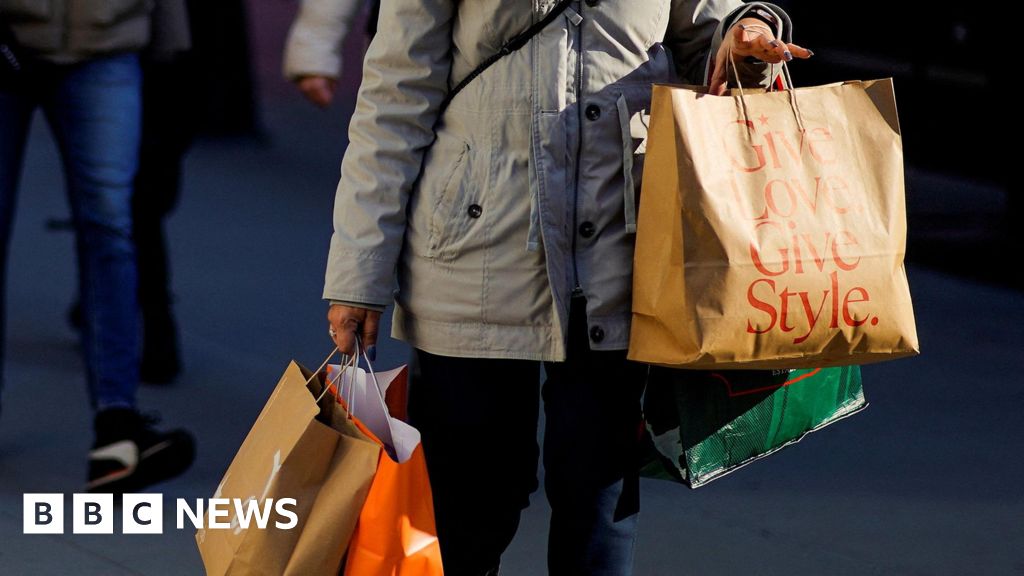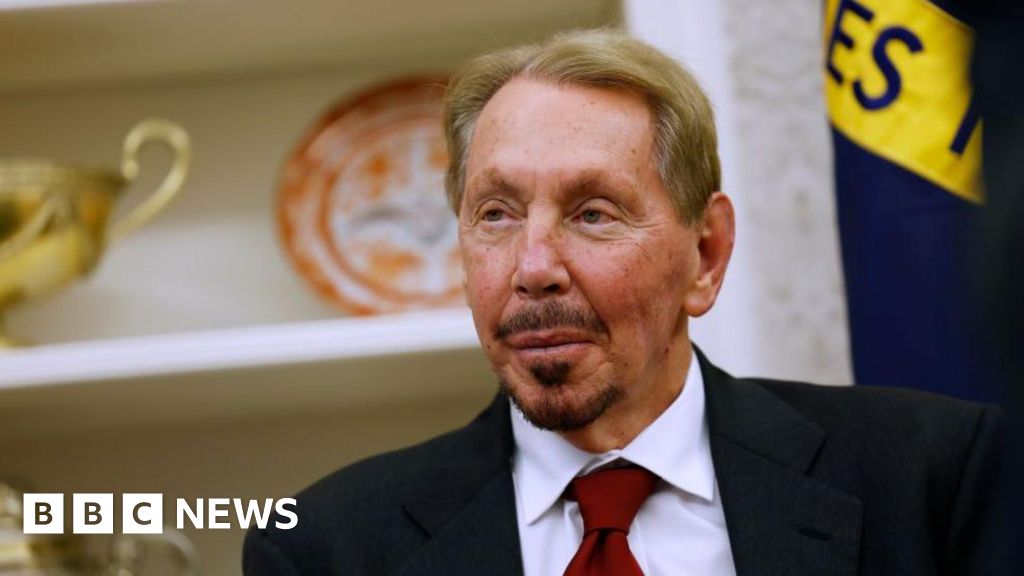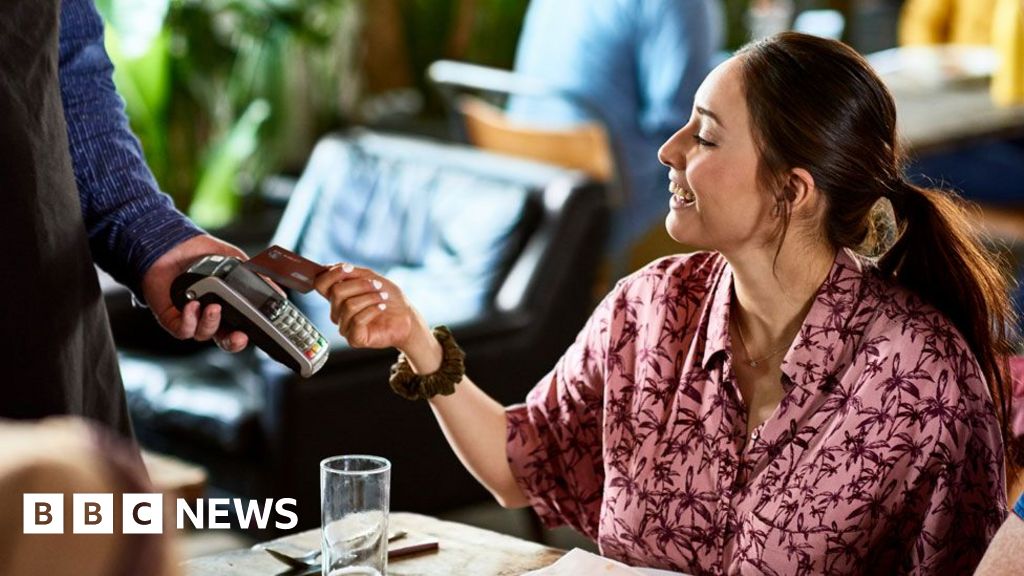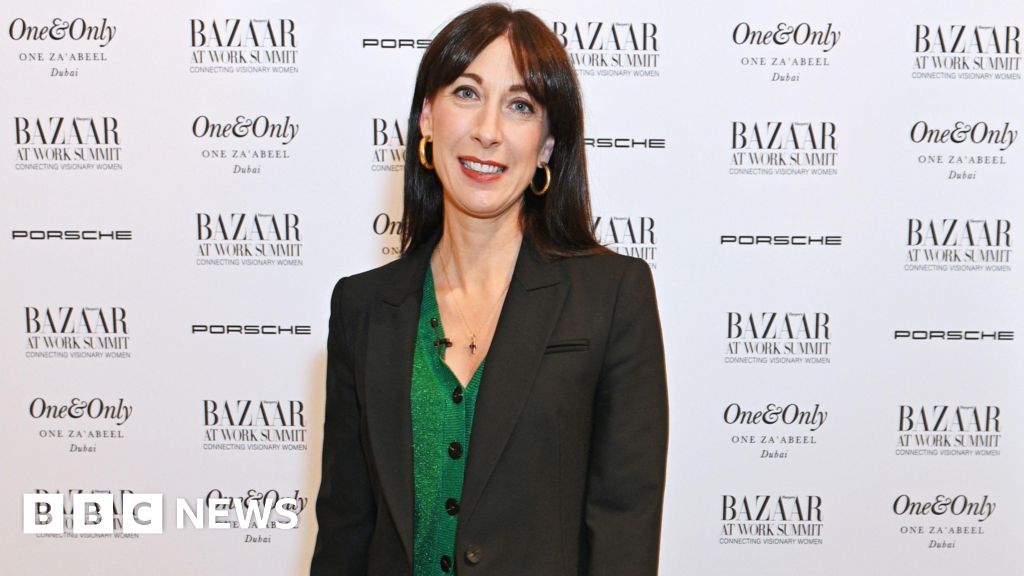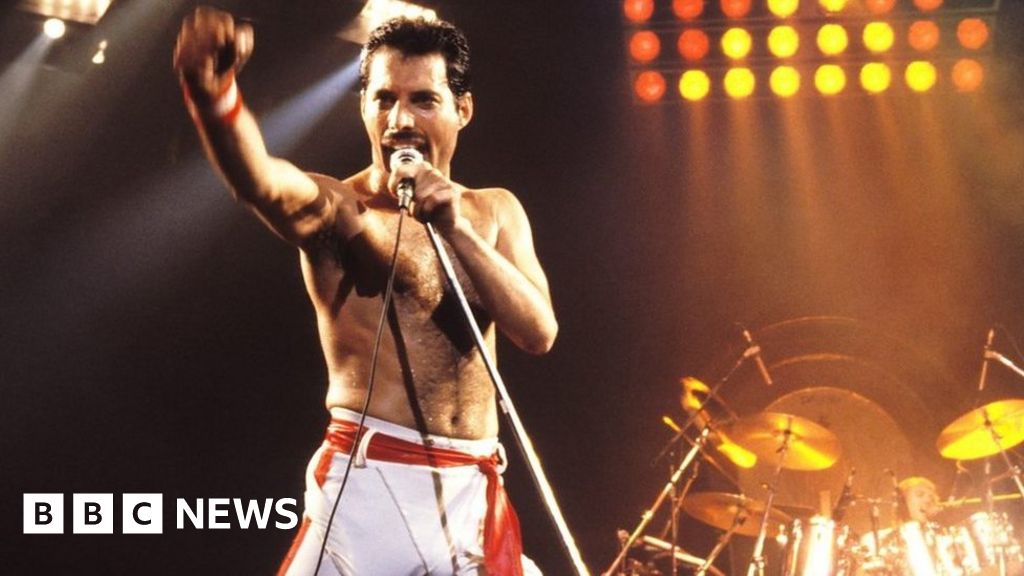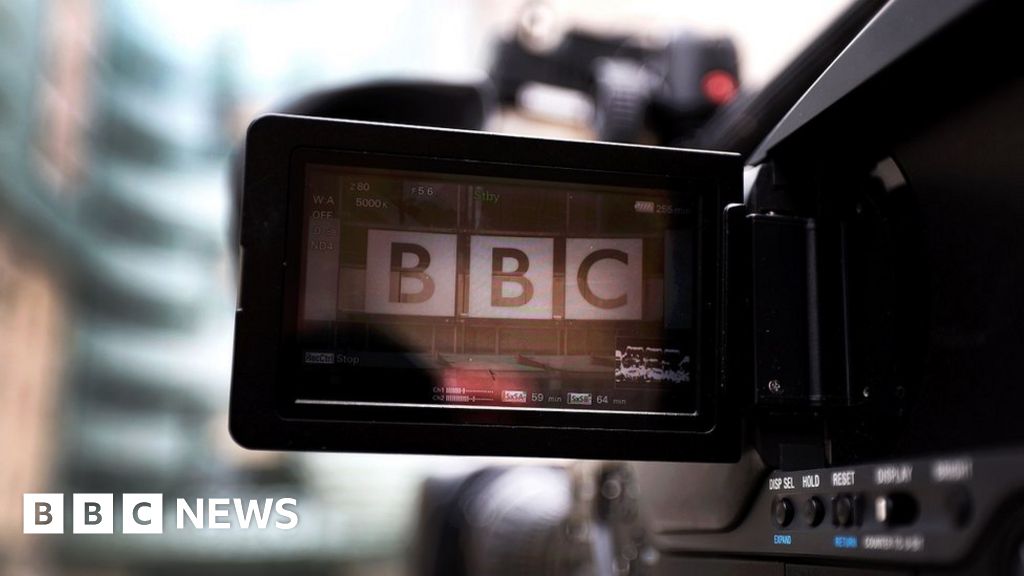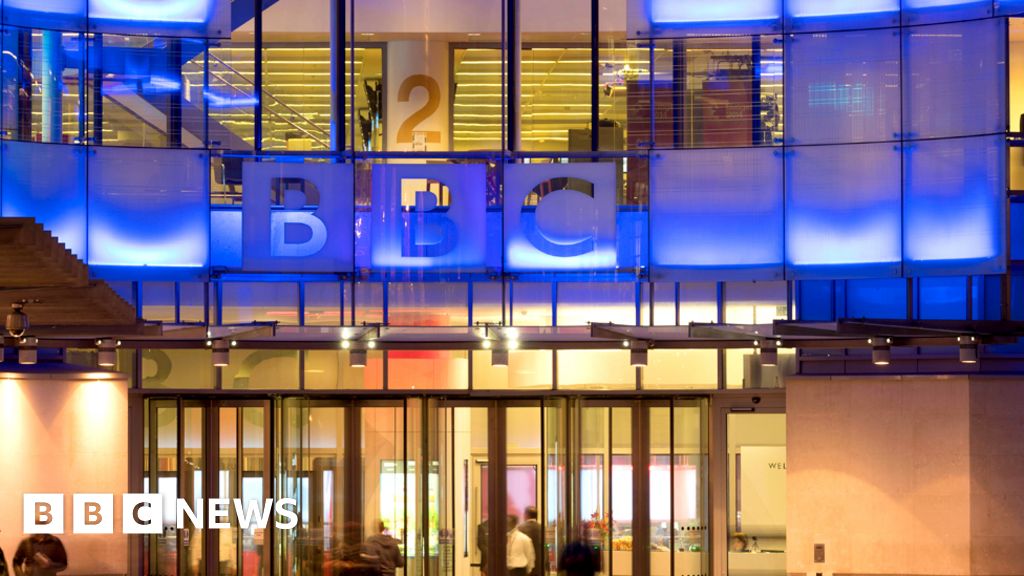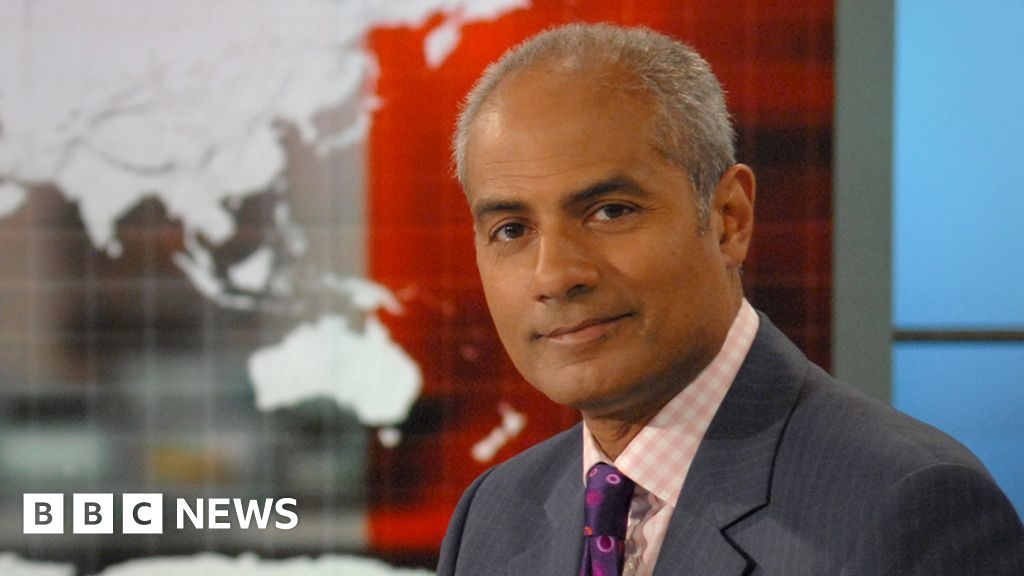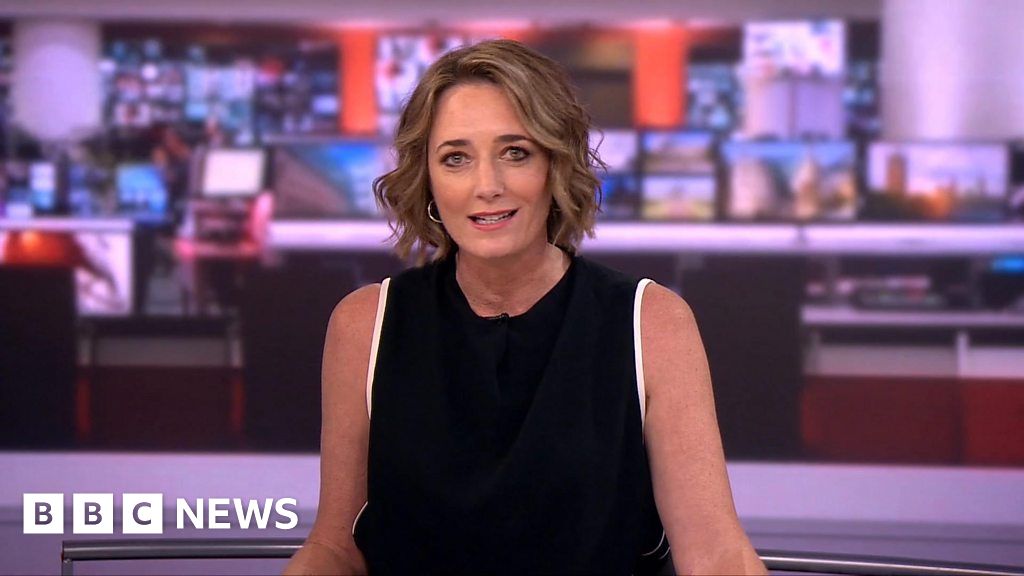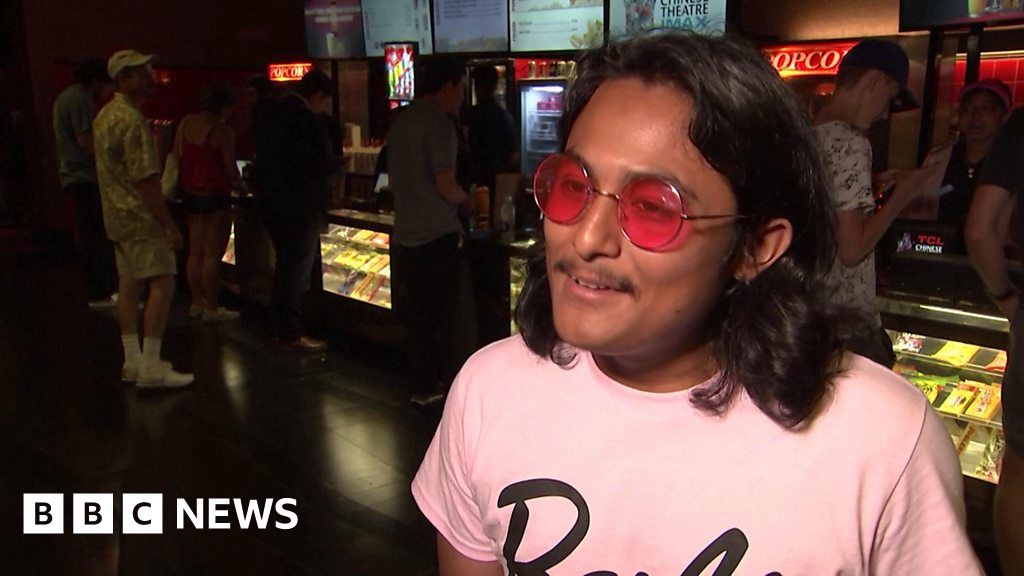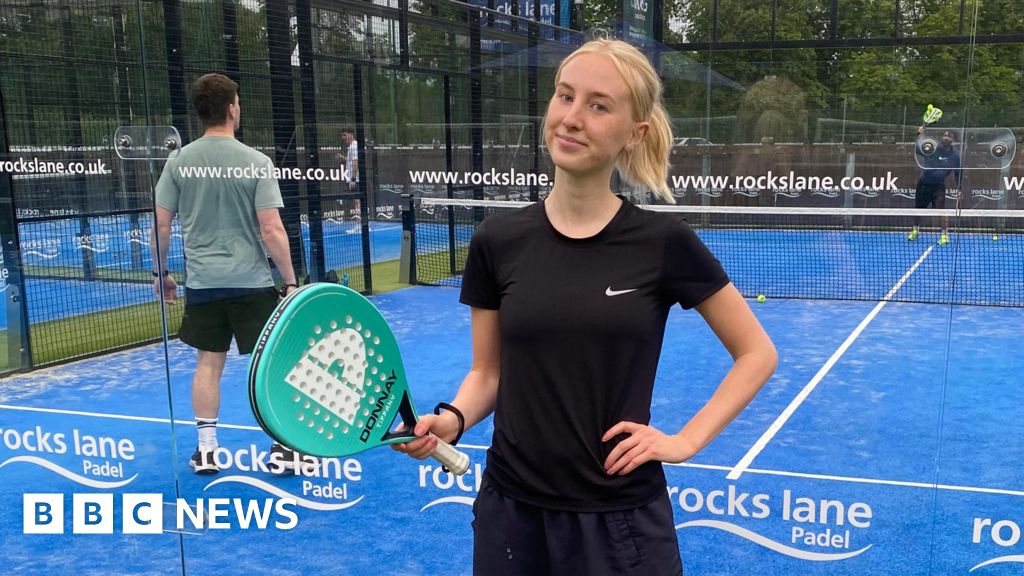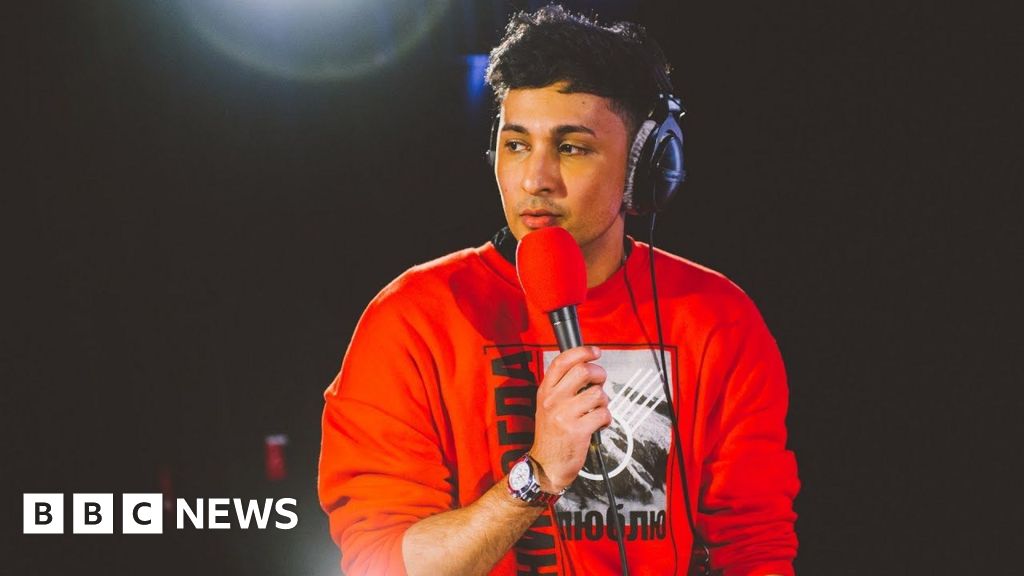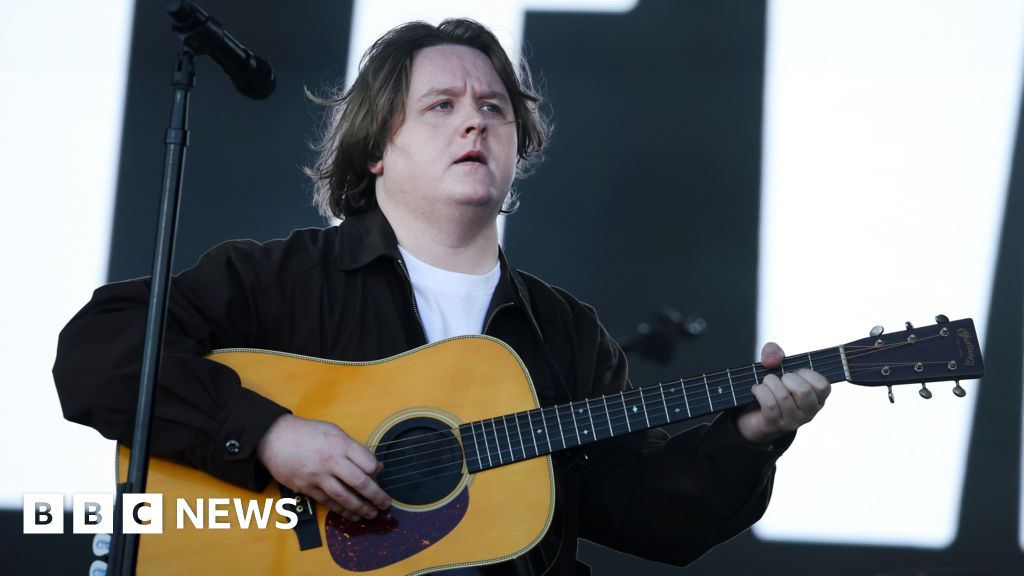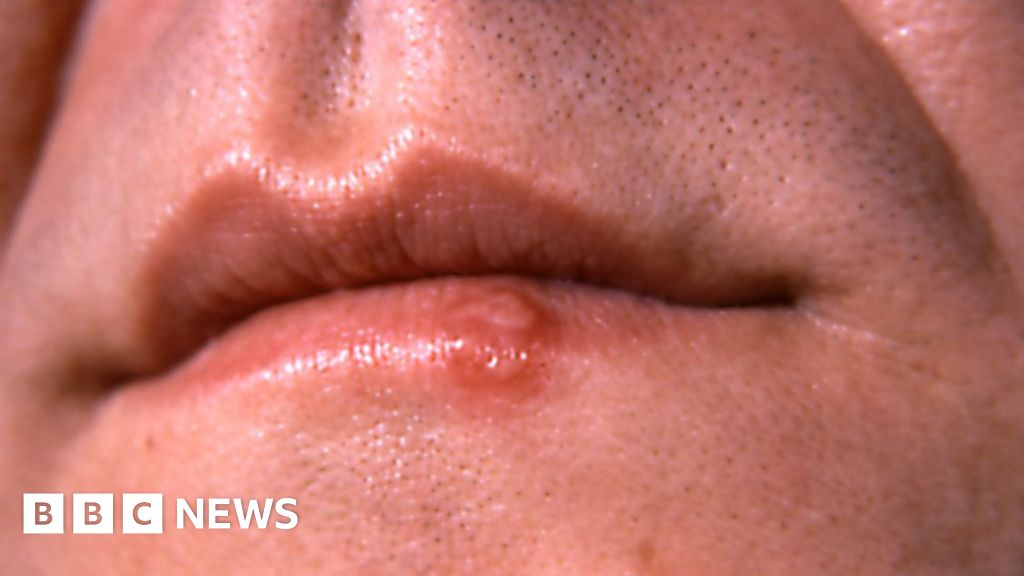BBC Newsbeat
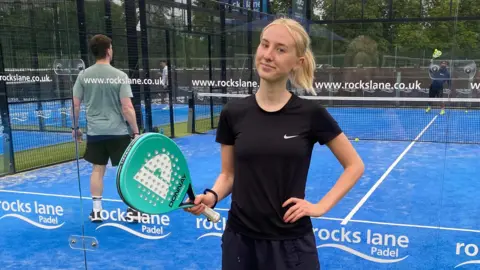 Rosie Hepworth
Rosie HepworthA shorter racket, a smaller court and an underarm serve.
Padel tennis is one of the fastest-growing sports in the world, thanks to its basic skill level and social nature.
The rise of the racquet sport – usually played in doubles on an enclosed court where balls can be played off the walls – has been helped by influencers and celebrity players such as Stormzy.
As demand grows, the number of venues isn’t keeping up, but the cost of playing is.
According to the Lawn Tennis Association (LTA), there are currently around 800 padel courts in Britain, but over 400,000 players.
Research by Ray Algar, an expert on the economics of sport and exercise, shows that the average off-peak court hire in the UK is about £30, but peak time prices can reach £80 at some venues.
‘I sometimes take a month off’
Rosie Hepworth got into padel about a year ago after seeing the sport on social media, but has found it’s become too expensive.
“I can’t afford to play regularly,” she tells BBC Newsbeat. “It definitely slows down how much I can improve.”
The trainee accountant only gets on the courts every few weeks and says her budget means she spends an average of £30 a month on padel, but has spent up to £70 before.
“If I have other financial commitments, then I might take a month off,” she says.
When Rosie’s friends could no longer afford the high cost, she started playing in a league with strangers as a third or fourth player.
She says these open matches work out cheaper, and increase the number of available games.
“In central London, it’s hard to find a court that is free,” she says.
“They are so booked up that you have to book at least a week in advance.”
Rosie cycles up to 50 minutes away from her home to courts that are almost half the price and quieter at peak times.
“I find it frustrating to have to travel so far for affordable courts,” the 24-year-old says.
“But it’s just about worth it because it’s become a hobby I really enjoy.”
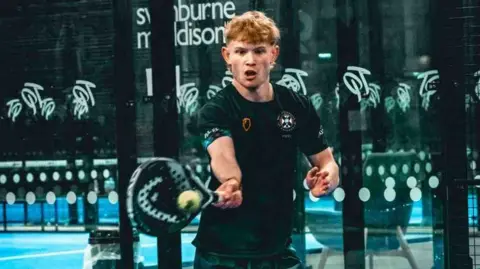 Daisy Whitlie
Daisy WhitlieStudent Barnaby Stephenson took up the sport about two years ago and helped to found the University of Edinburgh’s first padel club.
The 21-year-old says the city has fewer courts than others and getting to and from practices means a two-hour round-trip, which he describes as a “struggle”.
Barnaby’s club had provided free balls and rackets to new members and charged just £2 per session, but the society had to stop offering social memberships due to “unprecedented demand”.
Barnaby wants to see more grassroots investment in state schools and public parks to make the sport more accessible.
“There needs to be more pressure and focus on developing padel in every community, rather than concentrating on middle-class areas,” he says.
Where are the courts?
The BBC asked all of the local councils in the UK if they had put money into providing padel facilities.
Of the 330 that responded, only three said that they had.
While the LTA has spent more than £6m on the sport, this only accounts for 10% of all padel courts nationwide.
Many of the rest are independently owned, driving up booking costs and increasing the number of private members’ clubs.
We also tracked where courts were located across Britain using data from The Padel Directory, and found that most were in the wealthiest areas, with the highest numbers in the south of England.
In other countries it’s a very different picture.
“We’re one of the last nations in Europe to catch this padel wave,” says Tom Murray, the LTA’s head of padel.
As the organisation that looks after padel in the UK, the LTA has launched a new five-year strategy that aims to work with local authorities to build more courts.
It hopes to increase accessibility as other countries have done.
“In Spain it started as that premium elitist sport, but now it’s far from it – it’s second to football in terms of participation.”
Madrid will host this year’s Euro Padel Cup in July – with a record 40 nations taking part.
It’s an event Team GB players Catherine Rose and Nikhil Mohindra are training for.
British number two Catherine began playing three years ago and recalls “driving around the country” to find opponents.
It was a different story for Nikhil, who says he was lucky enough to have a friend nearby he could practise with.
“I don’t know how I would’ve played otherwise,” the 22-year-old says.
Both want to boost participation. Catherine says there are fewer female players in the UK, and Nikhil thinks efforts could be made to improve diversity.
He says he’s seen how diverse the sport can be during his visits to India as a padel ambassador.
“When I go there, I see courts being used 24 hours a day by everyone,” he says.
“Anyone from any background can play – it’s about opening up more courts in ethnic minority areas.”
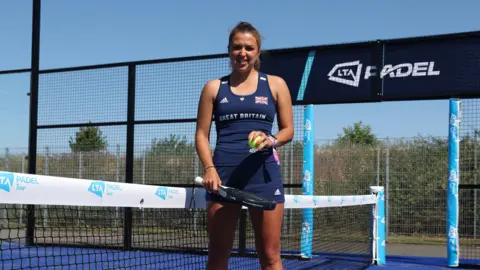 Getty Images
Getty ImagesTanaya Lai, who began playing tennis at four years old, says she’s used to being “surrounded by white people”.
It’s something she’s noticed since joining the University of Plymouth’s padel team, but doesn’t see it as a barrier.
“I am happy to be an Asian woman in sport,” she says.
“Asian women need to know that they aren’t excluded from these spaces and they can join if they want to.”
However, the 22-year-old does think that there are other obstacles.
 Daisy Whitlie
Daisy Whitlie“It’s viewed as a posh, more upper-class sport because of how expensive courts are,” she says. “There need to be more public and cheaper courts.”
Like Rosie and Barnaby, Tanaya cannot afford to play padel as regularly as she would like and feels it has hindered her progress.
“I only really play league matches because it is expensive to just book a court and play for an hour or two,” she explains.
“Otherwise I’d be able to play more.”
Additional reporting by Lauren Woodhead


